How to Develop Yi 意 (Intention) in the Internal Arts
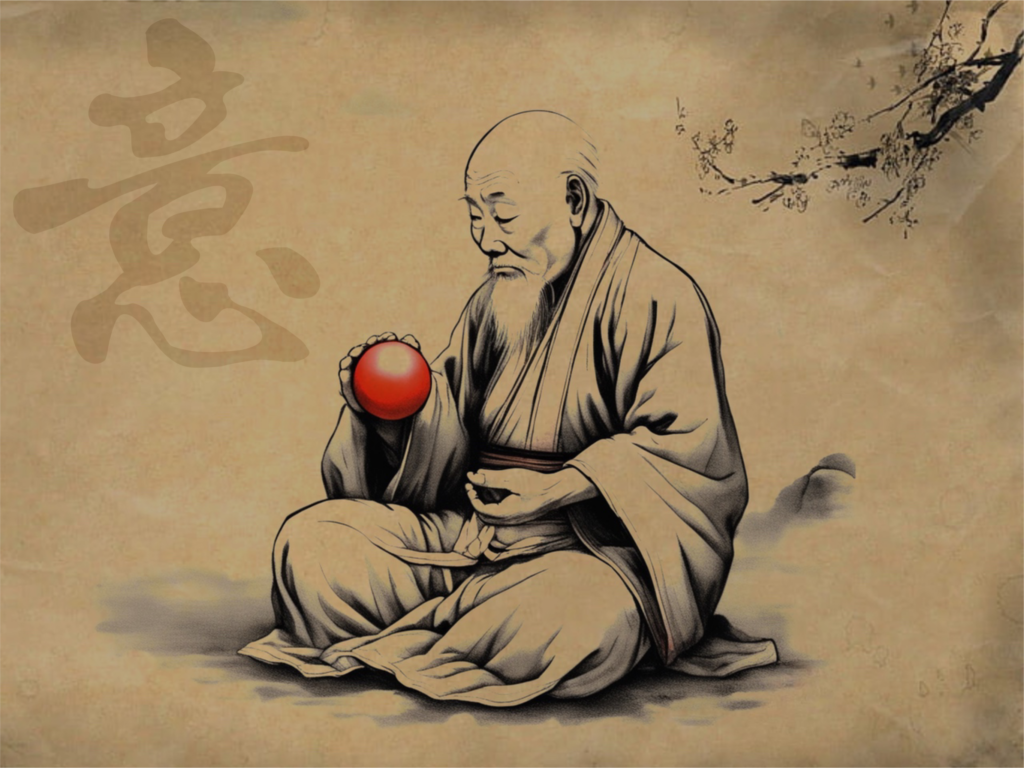
In the vast landscape of internal practices, countless individuals have ventured into seated meditation, dedicating themselves to the cultivation of their mental faculties through sitting for extended periods, paying attention to their breath. There’s no denying that these practices provide tremendous benefits, offering deeper insights and heightened awareness to those who engage in them. However, in this article, I will introduce a departure from conventional meditation techniques that place a primary emphasis on ‘paying attention.’ Instead, our objective is to actively develop focus and concentration through the utilization of visualization techniques. Simply put, our aim is to harness the profound potential of intention.
Deconstructing Intention: The Three Pillars
To understand intention fully, we can break it down into three fundamental components: clarity, focus, and concentration. These three pillars form the very foundation of intention, providing a structured path for your growth and progress.
1. Clarity: Clarity revolves around having a precise comprehension of your objectives. In the context of mastering the internal arts, it’s essential to know the exact purpose behind each exercise, enabling you to grasp what you’re meant to achieve. Think of it as embarking on a car journey. You wouldn’t start driving without a clear destination and an estimated travel time in mind. Setting out aimlessly would lead to driving in circles with no sense of direction.
2. Focus: Once you’ve achieved clarity regarding your goals, the next step is to harness your intention and focus it directly on those objectives. This is akin to taking precise aim at a target with the unwavering intent to reach it. Consider it as skillfully steering a vehicle towards a specific destination.
3. Concentration: Concentration acts as the regulator of energy directed toward your chosen task. It encompasses two critical aspects: the direction of your focus and the duration of your unwavering concentration on your goal. To draw a parallel with driving, this relates to how long you can maintain focus continuously before needing a break. The longer you sustain your concentration and stay on course, the faster you’ll reach your destination.
As a vivid illustration of concentration, I can recall back to a childhood memory. On a summer’s day, I would take my father’s magnifying glass and focus the sunlight onto pieces of paper until they ignited. It was a clear demonstration of how, when the sun’s energy is dispersed, it lacks the intensity to set the paper alight. However, by employing the magnifying glass, I could channel all of the sun’s energy into a single point. If I sustained the sunlight on that one point for a sufficient duration, the paper would burst into flames. This childhood experience vividly exemplified the power of concentrating energy to achieve a remarkable outcome.
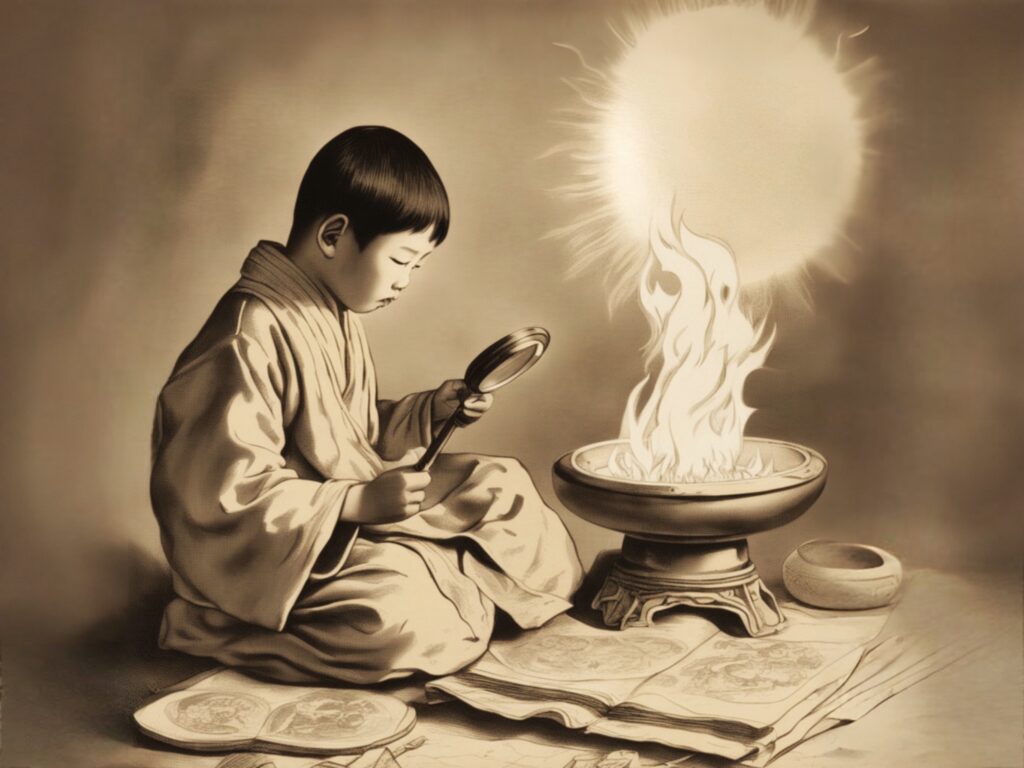
The Wisdom of “Yi Dao, Qi Dao”
Deep within the realm of the internal arts lies a profound maxim, “Yi Dao, Qi Dao.” This phrase, rooted in ancient Chinese wisdom, holds a rich historical context, dating back centuries to the origins of these disciplines. When translated, it reveals its essence: “Where the mind goes, energy follows.” This maxim not only encapsulates a fundamental concept but also encapsulates the deep understanding that has been cultivated over generations.
To grasp the significance of “Yi Dao, Qi Dao,” one must recognize the intricate connection between the mind’s direction and the flow of energy within the human body. It serves as a reminder of the powerful interplay between mental intent and the manifestation of energy. When the mind is scattered and unfocused, it inadvertently scatters the flow of energy within the body.
In this intricate relationship between mind and energy, one can discern the crucial role of intention in the internal arts. The maxim serves as a testament to the understanding that has developed over centuries, reinforcing the idea that a focused and unwavering mind has the potential to channel energy with precision and purpose. Conversely, when the mind lacks clarity and is adrift in a sea of distractions, the energy within the body disperses incoherently, resulting in less desirable outcomes.
It is this deep-rooted knowledge that underscores the importance of mastering intention. As practitioners of the internal arts strive to harness the power of intention, they are, in essence, aligning their mental focus with the flow of energy in their bodies. Through diligent practice, they aim to harmonize the elusive energies at play within themselves, ultimately leading to the desired outcomes in their practice, whether it be martial, meditative, or healing.
Exercises for Training Intention
In a prior article, ‘The Six Levels of the Internal Arts,’ I explored the pivotal role of intention within the internal arts. These six levels serve as a roadmap for practitioners, with Level three – Yi 意 being the central focus of this article. Assuming you have already received guidance on the first two levels, Li 力 and Jin 勁, we will delve into how to sharpen your intention to advance your practice.
These mental development exercises serve as valuable supplements to your existing training. They enable you to fine-tune your mental faculties, deepen your understanding of intention, and refine your skills. Consider them as essential tools in your journey of the internal arts.
Exercise 1: Visualization for Sharpening Focus and Concentration
One effective exercise for honing your focus and concentration involves visualization. This exercise is incredibly versatile and can be practiced just about anywhere, making it a valuable addition to even the busiest of schedules. Here’s a step-by-step guide:
- Select a Comfortable Position: Begin by finding a peaceful spot where you can sit comfortably, or if you prefer, lie down. If you choose to sit, make sure your spine is straight and self-supported, allowing for deep relaxation.
- Choose Your Object: Select a simple, symmetrical, and brightly colored object that you will use for your visualization exercise. For this example, let’s consider a vivid red ball. Place the red ball in front of you within your line of sight.
- Stare and Inscribe: For the initial step, fix your gaze upon the red ball for several seconds. As you do, absorb every intricate detail, imprinting the image firmly in your mind. Pay close attention to the vivid red hue, the perfect symmetry, and all the nuances that make this object unique.
- Close Your Eyes: With the image of the red ball vividly etched in your mind, close your eyes and begin your visualization. Your goal is to picture the red ball floating before you in all its vibrant detail, recreating it in your mind’s eye.
- Maintain Your Visualization: At the outset, it may be challenging to keep the image of the red ball steady for more than a few seconds before it begins to shift or fade.
- Refocus and Persist: When your visualization wavers or fades, open your eyes briefly, gaze at the red ball once again, take a deep breath, and allow yourself to relax. Then, close your eyes and begin the exercise anew.
- Gradual Progress: Initiate your practice with brief sessions, perhaps only a couple of minutes each day. Over time, gradually extend the duration of your practice with the objective of sustaining your visualization for at least 10 minutes without any interruptions or mental fatigue.
The primary purpose of this exercise is to quiet intrusive thoughts, enhance your focus, and elevate your capacity for sustained concentration. By first intently studying the red ball and then visualizing it with all its intricate details, you provide yourself with a memorable and vivid focal point to sharpen your mental prowess.
The Power of Detail in Visualization
When practicing this visualization exercise, it’s essential to emphasize the level of detail and precision in your mental imagery. For example, if you choose a red ball as your meditation object, hold that image in your mind’s eye with unwavering accuracy. The color, shape, and every intricate detail must remain consistent throughout your visual concentration. This meticulous approach reinforces your ability to maintain focus and consistency, a critical aspect of intention training.

Exercise 2: Mental Practice of Kung Fu Forms
After achieving a consistent 10-minute visualization of an object, you’re primed to advance to the next exercise. This practice involves the mental rehearsal of your Kung Fu forms without engaging in any physical movements. Here’s how to practice:
- Select Your Comfort Zone: Find a serene space and choose a comfortable position, whether seated or lying down. Once settled, close your eyes to shut out external distractions and heighten your mental focus.
- Visualize Your Art: In this exercise, shift your focus from visualizing an object to mentally performing your Kung Fu form. For instance, if you practice Tai Chi, begin mentally practicing your entire Tai Chi form. Pay attention to each movement as if you were executing them physically. If visualizing the entire form proves challenging initially, start with a shorter section, gradually working your way up to mentally completing the entire sequence.
- Cultivate Mindful Movement: Guard against haste and the temptation to alter the choreography of your movements. Instead, invest each move with mindfulness. Feel the energy coursing through every technique, and stay attuned to the subtleties and precision that define your martial art.
- Measure Your Progress: Keep a record of how far you progress through your form without losing focus or concentration. It’s natural for your mind to wander or for concentration to fluctuate, so use these moments as indicators of your development. When your concentration wanes, take short breaks to regroup, then resume your mental practice.
This exercise not only serves as a concrete measure of your progress but also provides a profound sense of accomplishment. Successfully completing your entire Kung Fu form mentally signifies a significant enhancement in your focus and concentration, bridging the gap between thought and execution in the realm of Kung Fu.
Summary
In this article, we’ve delved into the captivating realm of intention, referred to as “Yi 意,” within the internal arts. We’ve explored practical exercises that are designed to aid you in developing this crucial skill. From cultivating clarity of intent to nurturing unwavering focus and concentration, these exercises will serve as your guiding companions on your journey.
The profound wisdom encapsulated in the phrase “Yi Dao, Qi Dao” reminds us of the vital connection between the mind and the flow of energy within the body. By harnessing the power of intention, you can direct your mental focus into the current of energy within you, thus unlocking the full potential of the internal arts.
These exercises are not only markers of your progress but also sources of deep accomplishment, bridging the divide between thought and execution in your practice.
My aim in sharing these exercises openly is to elevate the standards for practitioners of the internal arts. With dedicated practice and unwavering commitment to these exercises, practitioners can enhance their proficiency and embark on a remarkable transformation.
Best of luck with your training, and please do not hesitate to leave a comment to share your progress with these exercises.


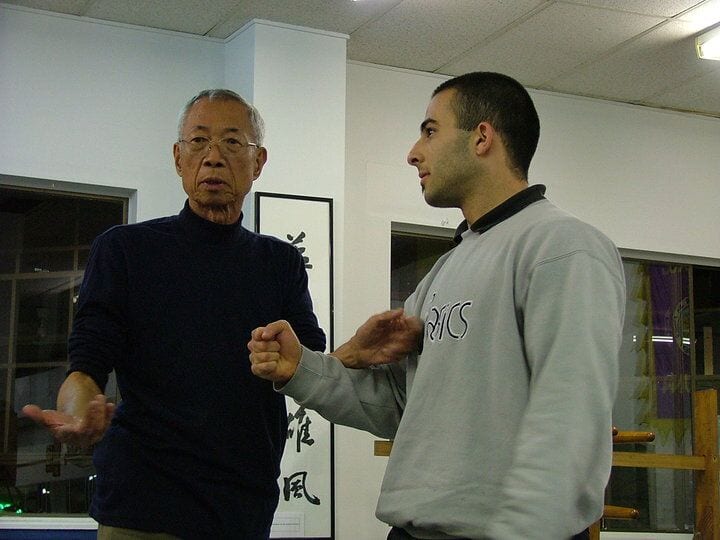
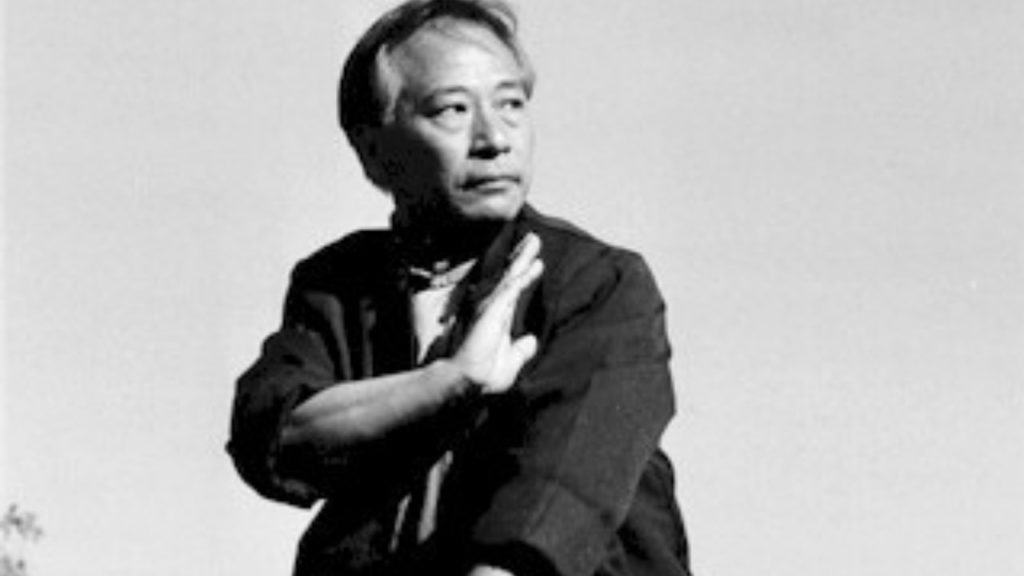
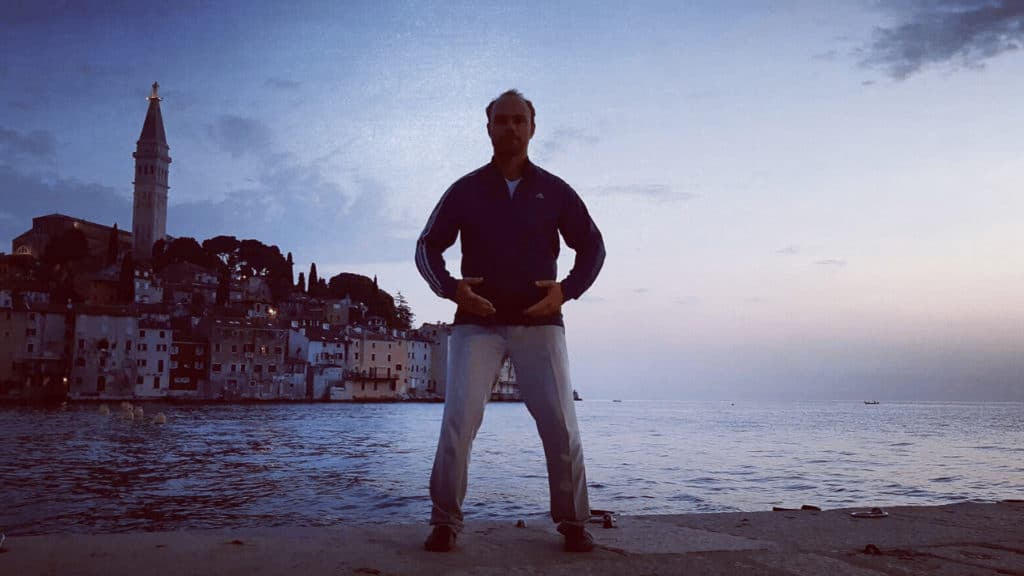
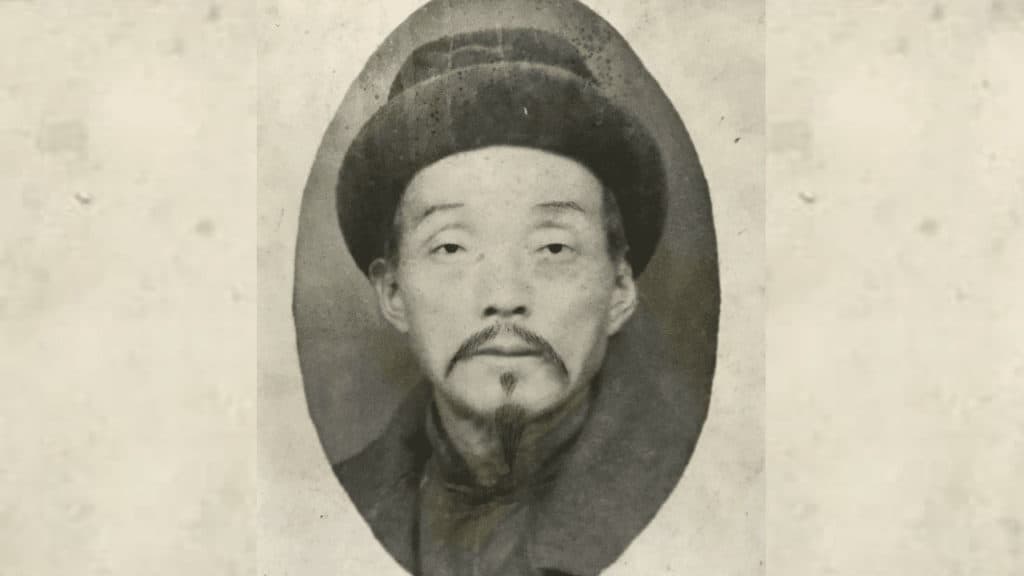
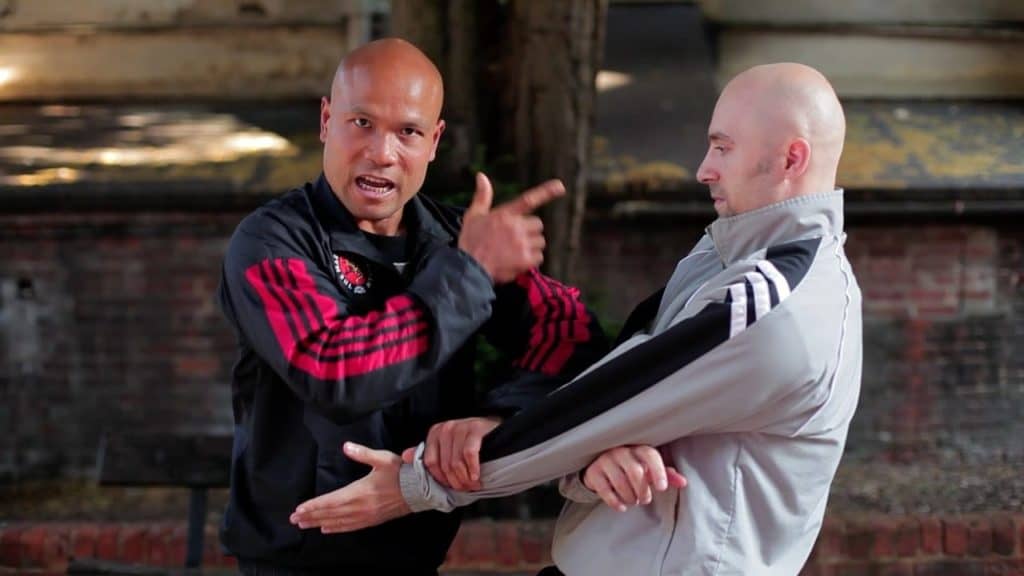
Thank you.
I am inspired by this practice.
It was, is a story. Was a girl in kindergarten. Very, very small girl, had a experience – (of life) energy – when (attention / vigilance) doing exhaling and inhaling /also, her breath holding/ .. “over / in the chest area” it, the “white ball” was hovering. Thank you for an article.